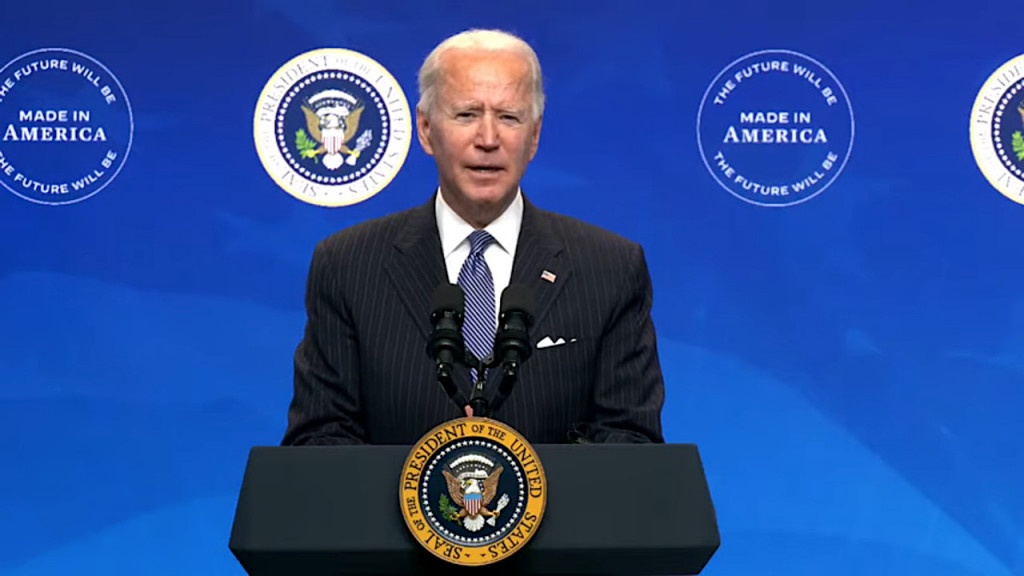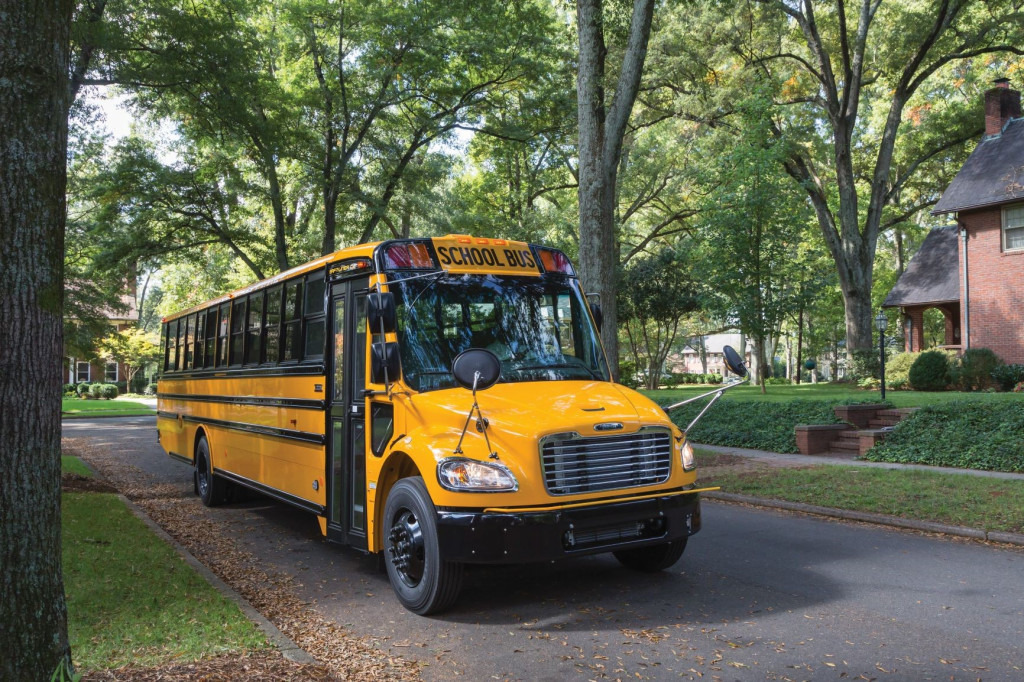The Biden administration isn’t likely to announce a comprehensive policy for electric vehicles—or for fuel economy and emissions—for a few months yet. But that hasn’t stopped Congress from applying pressure on the President as work begins on the successor to the federal surface transportation funding authorization, termed FAST Act, which expires in September.
Earlier this week two California Senators urged the President to set an expiration date for the sale of new gasoline vehicles. By Wednesday evening, the group had grown, with a total of 81 members of Congress pushing Biden for more ambitious targets.
They also want to see Obama-era standards for fuel economy and emissions restored through the originally intended period, through 2025. A relaxed Final Rule for those standards wasn’t formalized by the Trump administration until March 31, 2020.

2021 Ford Mustang Mach-E
The House letter, closely aligned in messaging to the Senate letter, urged Biden to "at a minimum, match the Obama-Biden administration’s 5 percent annual improvement rate through 2025," and pushed for "ambitious post-2026 standards that put uson the path to having all light-duty vehicles be zero-emission by 2035."
The Senate letter also pointed to a long list of fuel-saving technologies that have been underutilized and could easily make possible the Obama targets. Examples include continuously variable transmissions, cylinder deactivation, lightweighting, thermal efficiency improvements, boosted engines, and mild and full hybridization.
Although not mentioned in the letter, Reuters reports that it's seen language asking explicitly for an EV mandate—60% of light vehicles be zero-emission by 2030, on the way to 100% zero-emission by 2035.
Biden on February 25 signed an executive order that triggered a 100-day review looking at key electric vehicle supply chains. A broader year-long review is to look at the energy sector and the industrial base, in the interest of building more supply-chain resilience.

Biden aims to make federal fleet all-electric
It’s highly unlikely that any far-reaching EV policy will be finalized prior to the completion of that first review, in June. But it’s likely that the President and Democratic leadership in Congress will be somewhat coordinated in their efforts heading sometime later this spring, with the introduction of the big infrastructure bill.
Yet in the past week, with work on such a bill in the early stages, groups aiming to see more EVs have presented some long wish lists.
On Monday, the Zero Emission Transportation Association (ZETA), an industry group that represents electric vehicle makers and associated technology and charging-infrastructure providers, provided a policy letter that had been sent a week earlier to President Biden. That letter asks for an expansion of the federal EV tax credit (including to used EVs), a 30% investment tax credit for medium- and heavy-duty electric trucks, prioritization for electric school buses, incentives for charging infrastructure, and tax credits for domestic manufacturing. ZETA also pushed for a National Clean Fuel Standards—replacing the Renewable Fuel Standard and employing EV credits.

Thomas Built Buses Jouley electric school bus
Thursday, a new group called the Charge Coalition, made up of 37 policy and advocacy organizations, also presented a set of core principle areas for Congress and the new administration. They include an update to public transit, charging and fueling infrastructure for zero-emission vehicles, and the electrification of medium- and heavy-duty trucks, including school buses.
In the infrastructure area, the group recommends a program providing funds establishing charging for all types of vehicles, an extended 30C tax credit for charging infrastructure, help with EV-ready building codes, and more education, training, and research.
The Charge Coalition recommendations for larger trucks prioritize zero-emission truck and school-bus programs focused on disadvantaged communities and those in areas with air quality issues. They also seek to increase the weight exemptions for trucks based on the added weight of advanced technologies, and ask for a focus on electrification around freight corridors and ports.
According to Bloomberg, less than 1% of the 51,000 vehicles that the federal government acquired in fiscal year 2019 are electric.

Vice President Biden, in Chevy Corvette
Automakers, despite various initiatives targeting an all-electric future, have not yet together presented a platform that represents the policy they want to see backing the shift to EVs. The Alliance for Automotive Innovation, which represents a wide range of automakers selling vehicles in the U.S., referred Green Car Reports to its Auto Innovation Agenda, released in December.
That agenda points to the need for reform on the supply side and the demand (consumer) side, with new regulatory approaches and R&D incentives for the former and consumer incentives, infrastructure investment, and help with building codes for the latter.
Although it appears that all of these groups have much in common, it’s going to be a busy year for policy, as the President and a deeply divided Congress construct a runway for a portion of the industry preparing for takeoff.













